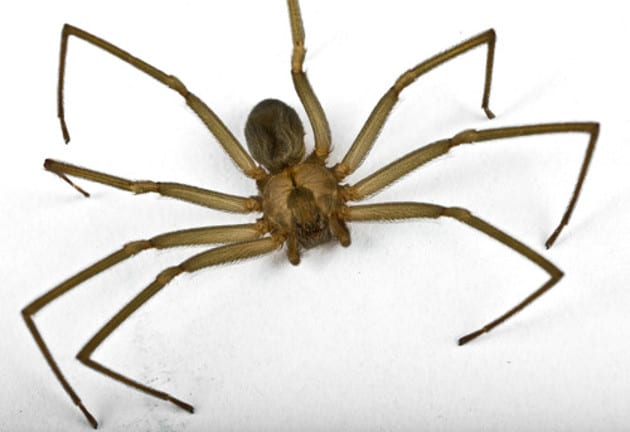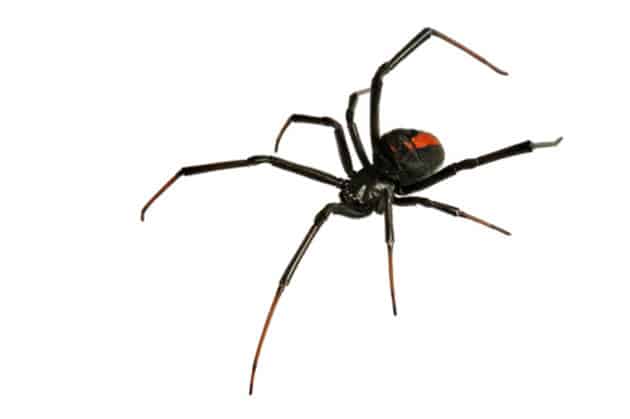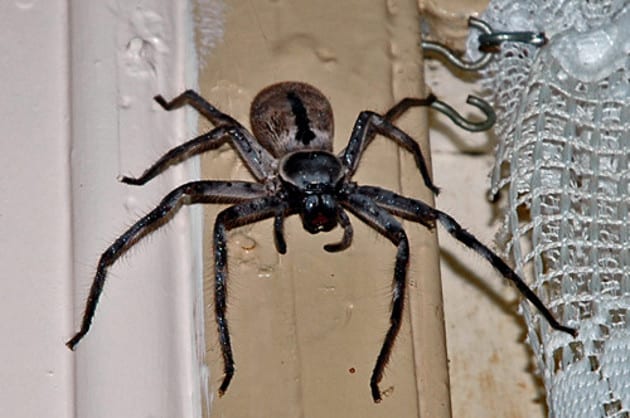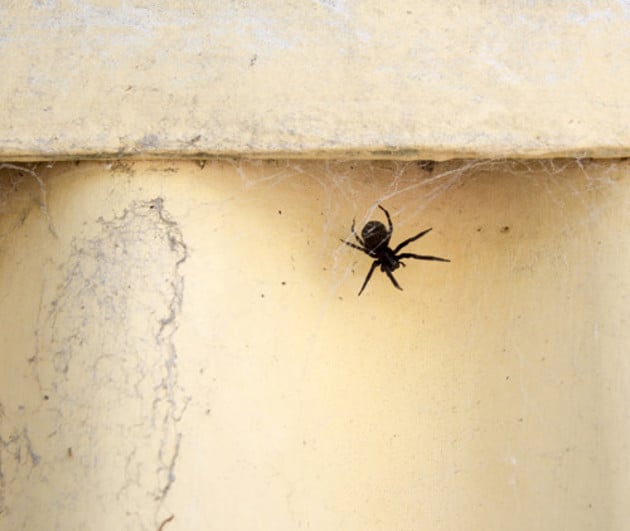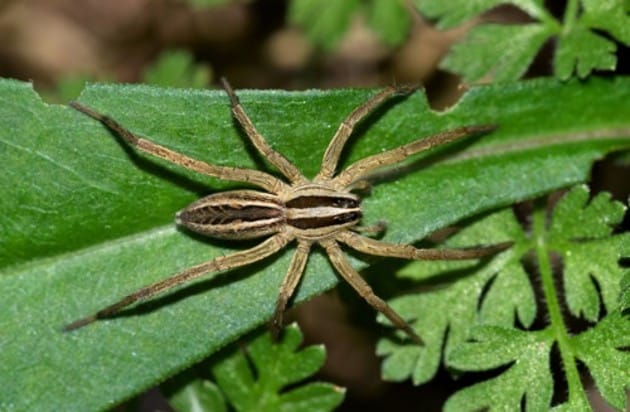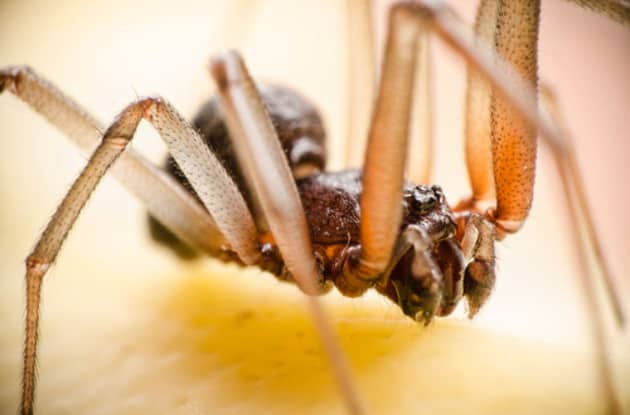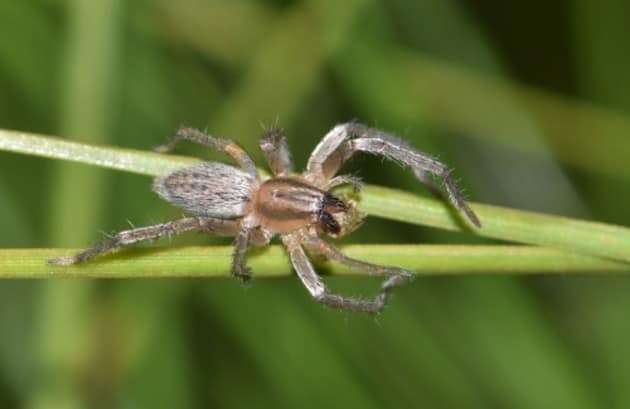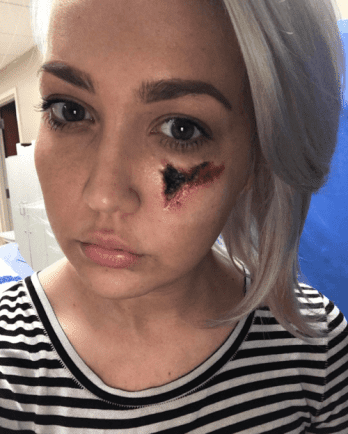
A nightmare came to life for Meghan Linsey, a singer/songwriter and runner up on the eighth season of NBC's The Voice, when she woke up with a dead spider on her hand and a swollen, stinging face.
Sometime during the night the spider bit her face and she must have killed it. Linsey bagged the spider and drove to the urgent care, positive that a venomous spider bit her. Sure enough, the spider was identified as a brown recluse, one of the most dangerous spiders in the world, and its bite can be deadly.
In the days after the bite Linsey had a wide variety of symptoms
"From excruciating nerve pain in my face, muscle spasms, full body rash, extreme swelling... etc," she posted on Instagram. "It has really been rough."
Around day nine, the face tissue around the bite started turning black, which is a sign of necrosis (when the tissue dies).
Fortunately Linsey's bite wouldn't risk her life, but she might have scaring on her face. To help the wound heal faster, she received treatment in a hyperbaric chamber. Finally, 25 days after the bite, all the black skin was gone and her face started to look a little more normal.
And then the wound closed up
Though Linsey's bite wasn't deadly, she encouraged people to "PLEASE, if you live in area where these spiders are, do some research and learn how to protect yourself!"
Venomous household spiders...all bites need to be treated immediately
Knowing the differences between venomous and harmless spiders will keep you and your family safe. Children and the elderly are in more danger when it comes to spider bites, so keep an eye on any itchy or painful bites. When in doubt, seek medical attention.
If you see any of these spiders around your home, it's a good idea to reach out a pest management professional or follow tips for spider control.
Brown Recluse
This spider is very venomous, and can cause death. It is light to dark brown and often has a violin-shaped marking on its back, though it's most identifying feature is its eyes. Spider normally have eight eyes, but the recluse only has six.
They are found across the United States, but are most common in the south. These spiders tend to hide in sheds, closets, boxes, garages, basements, woodpiles and behind pictures.
A brown recluse bite will start by itching, but will quickly turn into a blister then an open sore followed by a rash. These bites are known to cause necrosis, which is when the tissue dies.
Black Widow
This spider is easy to identify by looking for a yellow orange to bright red hourglass or dot on it's abdomen.
Found across the world, this spider likes to hide in rarely disturbed areas including in house crawl spaces, basements, sheds and among outdoor furniture.
A bite from this spider will first appear as two spots followed by muscle and nerve spasms near the bite, followed by fever and nausea.
Hobo Spiders
This spider is often mistaken as a brown recluse and though the hobo spider is venomous the recluse is much more dangerous. This spider is identified by their brown color and chevron shapes on the spider's abdomen.
They like to hide behind furniture and in cupboards, attics, basements and closets. They mostly reside in the northwest.
Their bites cause similar symptoms to the brown recluse bites, but no person has died from this spider's bite and you don't need to fear necrosis.
Mouse Spiders
These large spiders will occasionally have bright red heads and fangs and are generally not aggressive, which means they will bite only when provoked. Their long, large fangs bite deep and bites are very painful.
They generally burrow in the ground, but will come out during the day to find mates.
Black House Spiders
These spiders are dark brown to black with a velvet look. They are not fatal, but very venomous. It's commonly found on windows, gutters, toilets, sheds, brickwork, rocks and bark.
Wolf Spiders
Look out for a grey to brown colored spider with a Union Jack symbol on its back. This spider's bite is not fatal, but still very venomous. They tend to move around at night, and can move very quickly when disturbed. It is commonly found in gardens or along fences.
American House Spider
These spiders are yellow brown to dirty white in color with spots (sometimes triangular in shape) on the abdomen. They are found in houses across the United States, often hanging out in window or ceiling corners and behind furniture.
Yellow Sac Spider
These yellow to beige spiders are found across the United States and are mostly legs (especially since their front legs are much longer than the others). They like hanging out on ceiling corners, baseboards and wood piles.

